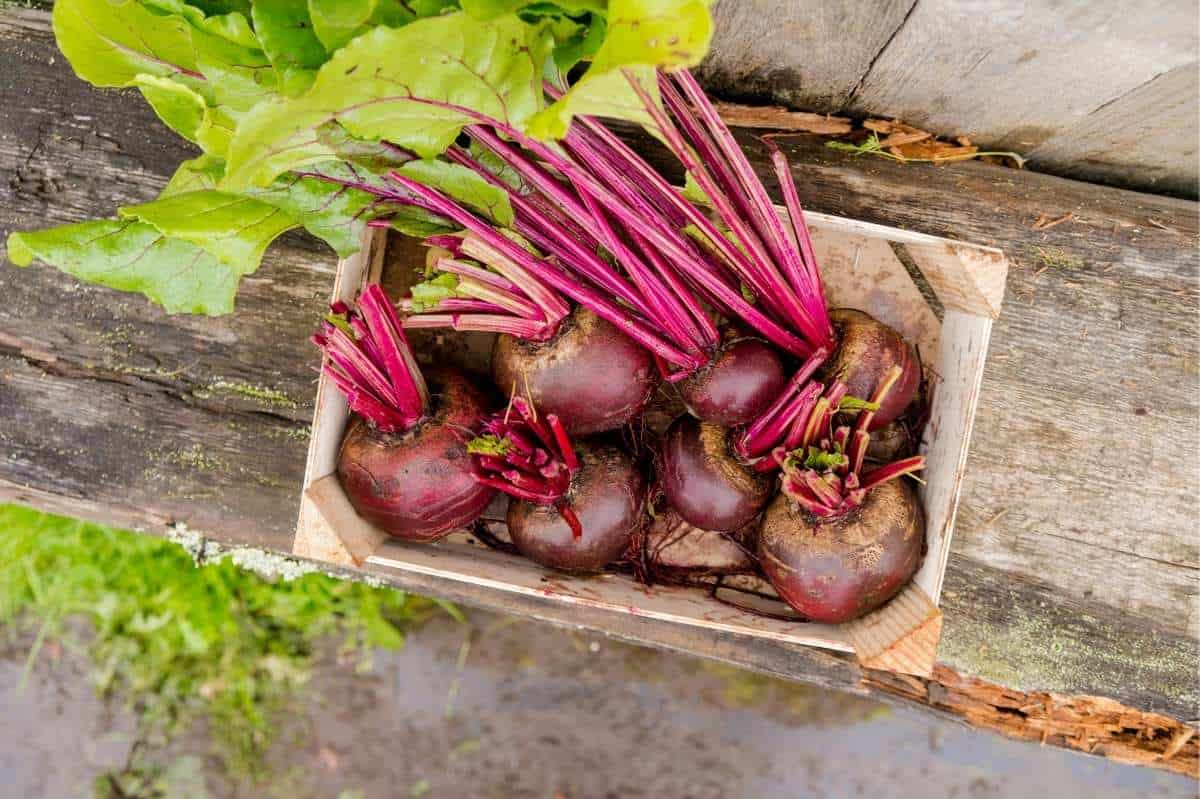Table of Contents
Beetroot, also known as beets, is a popular food that can be grown in home gardens because of its earthy flavour and brilliant colour. However, understanding when to harvest beetroots is critical to ensuring their intended taste and texture.
In this comprehensive guide, let’s explore the art of harvesting beetroot, providing valuable insight for gardeners. Understanding beetroot ripeness is critical, taking into account aspects like size and colour. Gardeners can decide the best time to harvest by learning to examine these indications. Furthermore, time is critical in getting the optimum flavour and tenderness.
Proper harvesting procedures are required to assure satisfactory results, as is cautious handling of the roots to avoid injury. Finally, we will go through how to store and use harvested beetroots so that gardeners can make the most of their delectable bounty.
Understanding Beetroot Maturity
When deciding the best time to harvest beetroots, ripeness is a critical issue to consider. Gardeners must pay attention to the size and colour of the beetroot roots to provide the optimum flavour and texture.
1. Size of the Beet
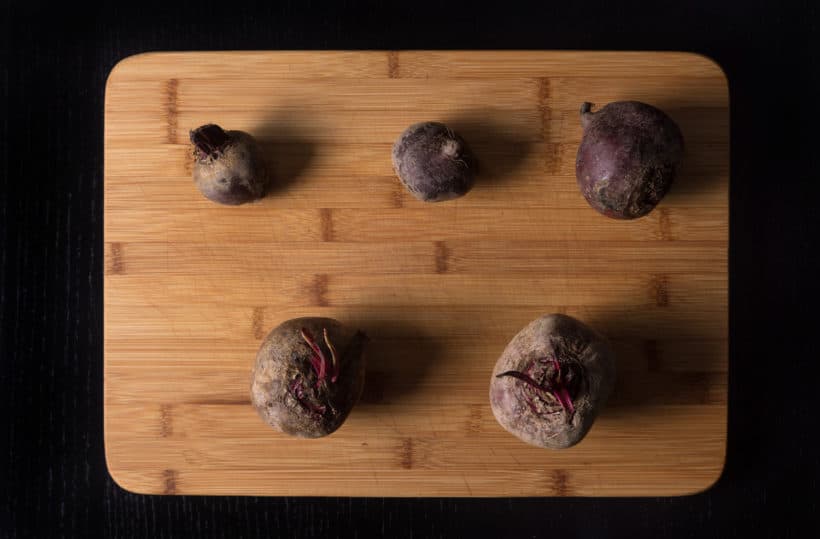
Beetroot size is an essential measure of maturity. Beetroots are generally ready to harvest when they reach a diameter of 1.5 to 2 inches, i.e., 3.8 to 5 cm. The beets are delicate at this size and provide a satisfying eating experience. Smaller beetroots are more sensitive and have a milder flavour, whilst larger ones become woody and less appealing. You can ensure the optimum taste and texture by harvesting at the proper size.
2. Colour of the Beet
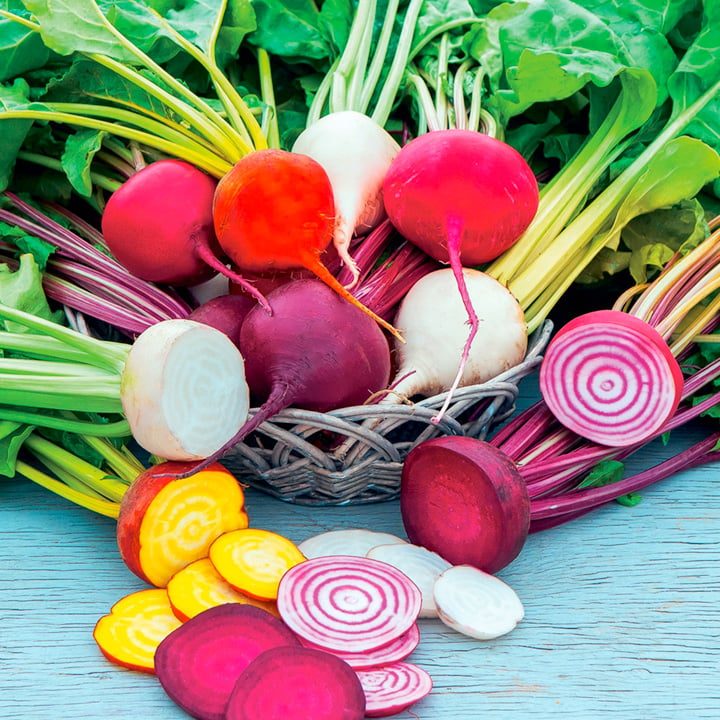
The colour of the beetroot tips can be used to determine the ripeness. The leaves will be of rich green colour when the beetroot roots are entirely developed. This means that the roots have matured sufficiently and are ready for harvest. It is vital to remember that strong and vibrant foliage is an indication that the plants have gotten adequate nutrients and are likely to develop high-quality roots. However, the beetroots will become harsh and fibrous if you wait too long after the foliage becomes green.
3. Condition of The Plant
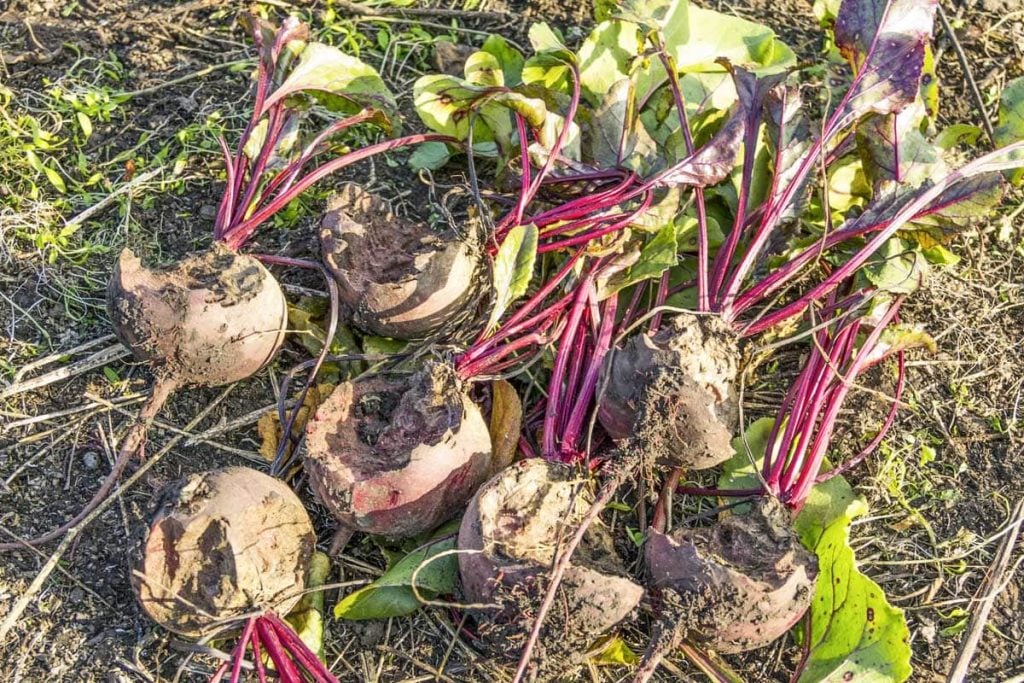
In addition to size and colour, the entire condition of beetroot plants should be assessed. Examine the leaves for illness, wilting, or injury. Healthy leaves indicate vigorous plant development and can influence the health of the roots. If the foliage is sickly or deteriorating, it may indicate that the beets are not developing correctly and that it is time to harvest.
Taking the size, colour, and condition of the beetroot can help correctly estimate the beets’ maturity. All of this guarantees that the beets have grown a good flavour, softness, and vivid colour, making gardening a rewarding and delightful experience. It is crucial to note that the time it takes for beets to mature varies depending on the type and growing circumstances. Some types mature quicker than others, so check the seed packaging or contact reputable gardening resources for detailed information about the variety of beetroot seeds you are cultivating.
Timing of The Harvest
Many people have questions about when to harvest beetroot. Harvesting beets at the right time is critical for achieving the desired taste and softness. Consider the beet’s development stage and the required size for best harvesting. Here are some important items to remember.
1. Succession Planting
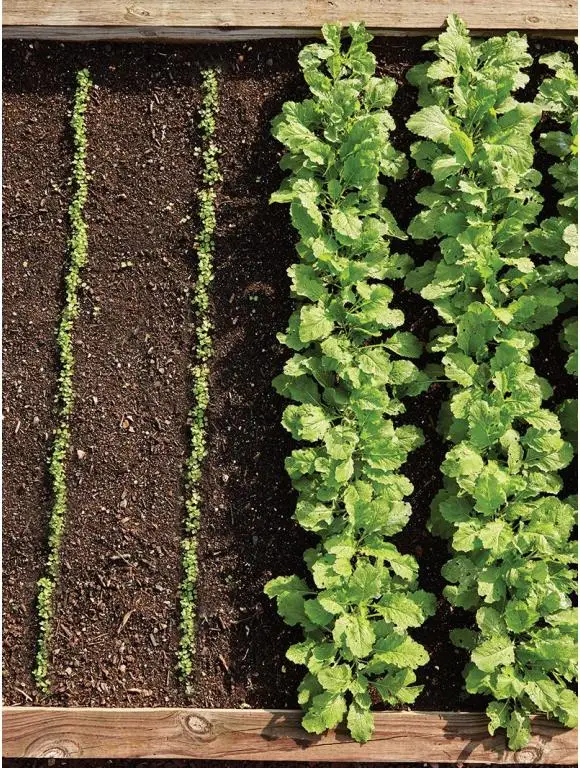
It is best to practise succession planting to provide a continual harvest throughout the growing season. It entails planting beetroot seeds regularly and spacing them out by a few weeks. By doing so, you may have a consistent supply of beetroots maturing at different periods during the season, allowing you to enjoy the fresh ones always.
2. Growing Period
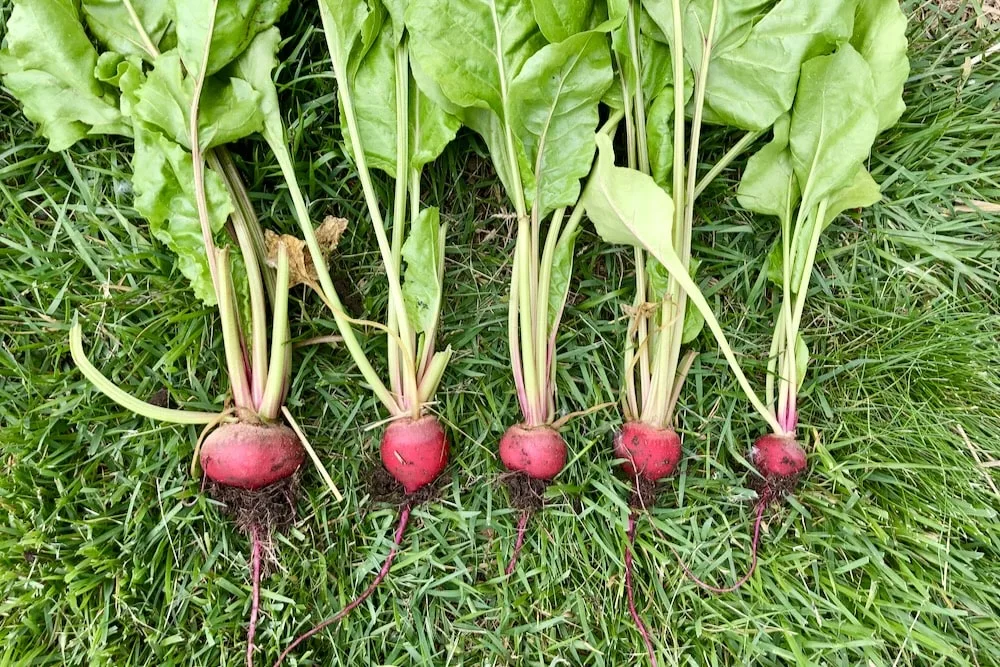
Beetroot’s growth varies based on its type and surroundings. Most beets mature between 55 to 70 days after planting. However, this timeline can vary based on factors such as soil richness, temperature, and variety.
3. Taste Testing
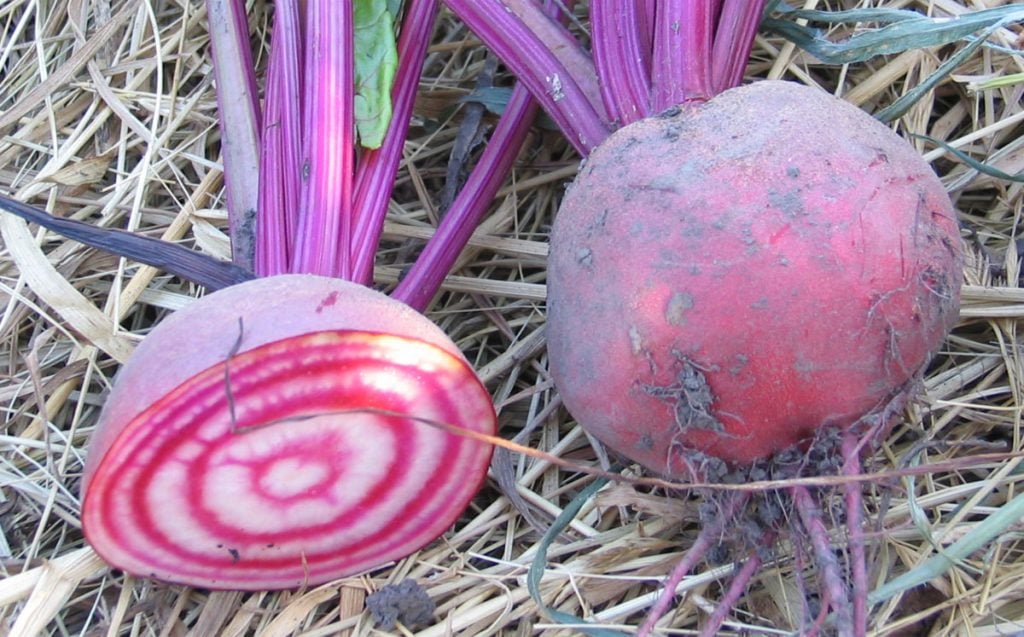
Another method for determining the best harvest time is to perform taste testing. Choose a smaller beet that looks to be nearing maturity and carefully dig it out of the soil. Take a bite and taste it! When the flavour and texture of the beetroot are mild and soft, it is a good sign that they are ready to harvest. Allow the beets additional time to develop if the taste is too earthy or the texture is too fibrous before collecting the rest of the crop.
Beetroot Harvesting Techniques
Beetroots must be harvested with care to avoid harm to the roots and guarantee their quality. Use the below-mentioned method for successful beet harvesting.
1. Loosen The Soil
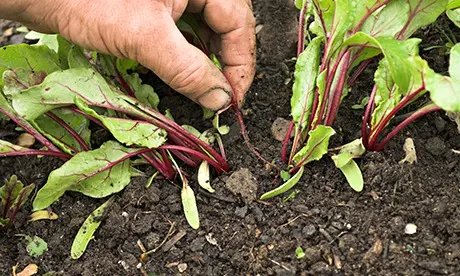
Before harvesting, use a garden fork or spade to soften the soil around the beet plants carefully. It makes it easy to remove the roots without damaging them. During this operation, do not disrupt surrounding roots or harm the plants.
2. Lift the Roots
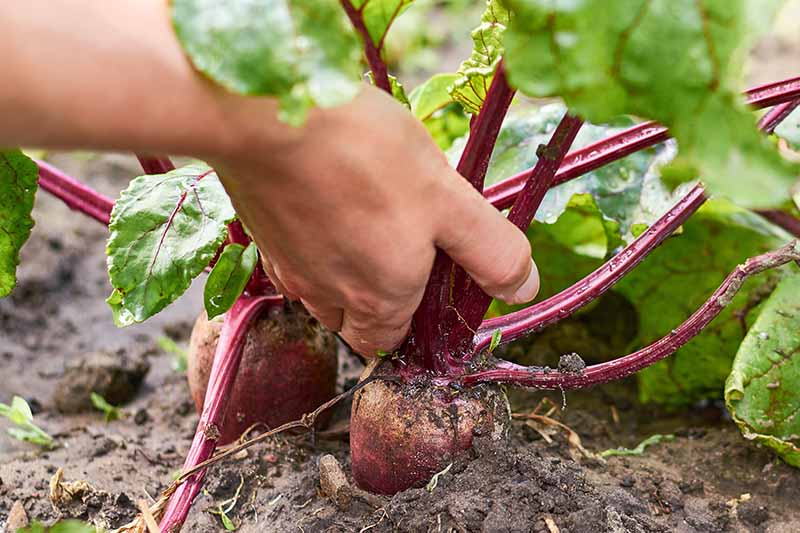
Grasp the leaves at the root crown and slowly extract the beets from the soil. Avoid twisting or tugging too hard since this might cause the roots to snap. Carefully pull the roots with a garden fork if they are tough and won’t come out readily.
3. Trim the Tops
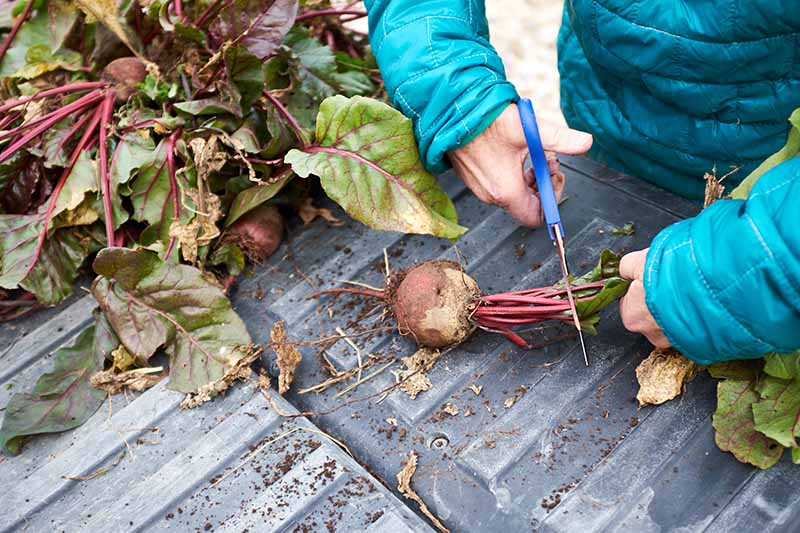
Once the roots are lifted, it is time to trim the tops! Remove the leafy tips using a clean pair of shears or a sharp knife, leaving about an inch of the stem connected to the beets. Removing the tops prevents moisture loss and allows the roots to store more energy. Be cautious not to cut too near the crown, as it might cause the beets to leak sap and deteriorate.
4. Handle with Care
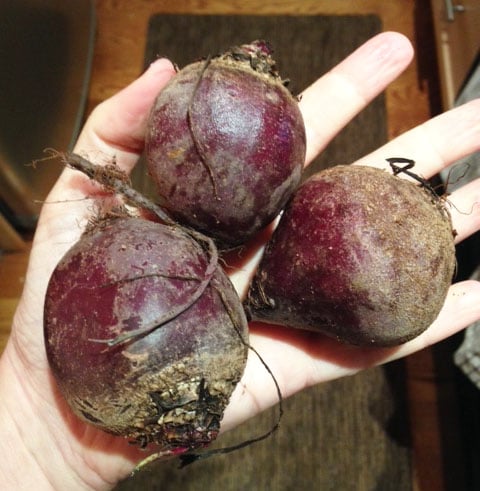
To avoid bruising or skin damage, handle the picked beets with caution. Beetroots have sensitive skin, and any scratches or cuts while storage might cause deterioration. Avoid squeezing or dropping them by holding them gently by the root end.
5. Remove Excess Soil
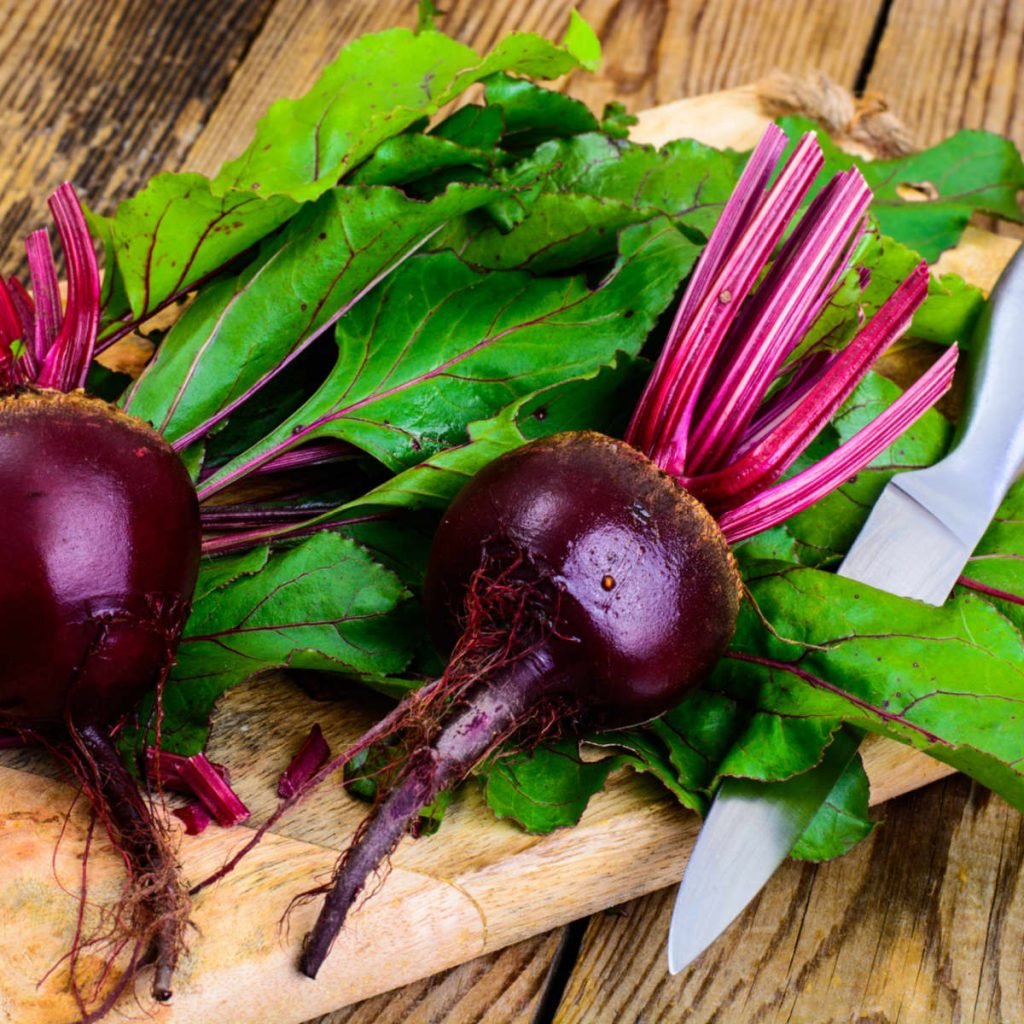
Gently brush the collected beetroots to remove any excess dirt. Washing them might cause spoiling during storage, so avoid doing so! If your beets are exceptionally unclean, you may lightly rinse them with water and dry them before storing them.
By following these techniques, you can ensure the integrity and quality of your harvested roots. Property handling techniques contribute to maintaining their freshness and flavour.
Storing and Using Harvested Beetroots
It is essential to handle and store harvested beets properly in order to keep them fresh. Here are some suggestions for preserving and using your beetroot harvest.
1. Storage Specification
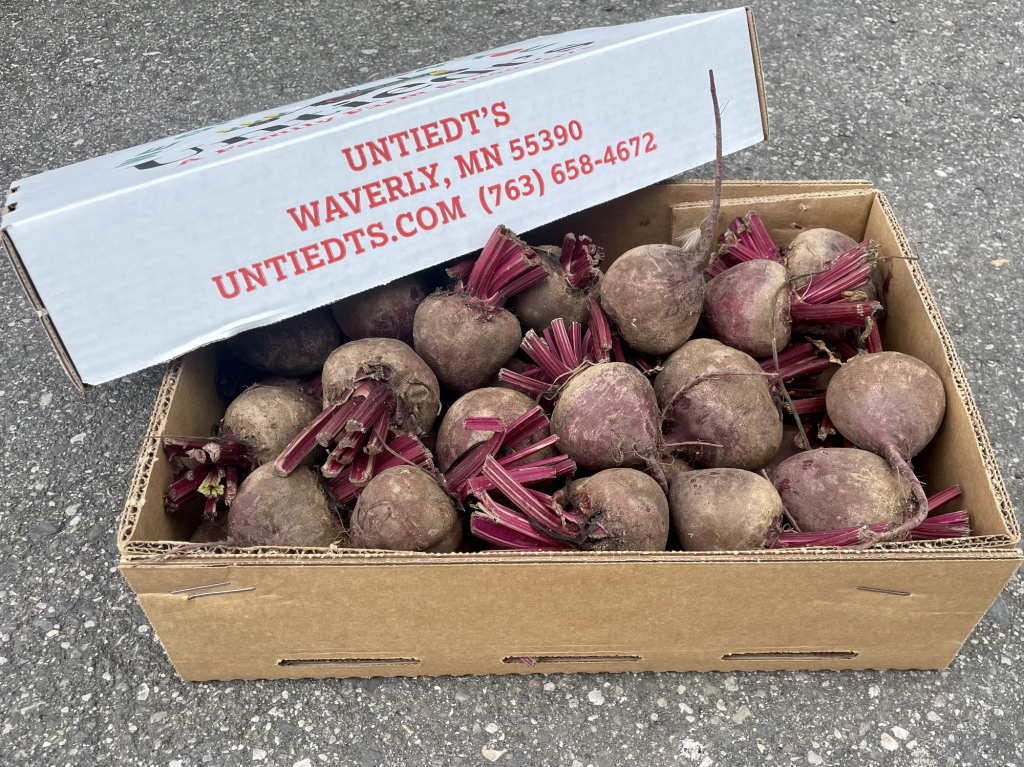
Beets can be stored in a cold, dark, and dry environment to extend their shelf life. Store them in a root cellar, basement, or refrigerator if possible. The storage facility should be kept at a temperature of 32 to 40 degrees F and well-ventilated. Store beetroots away from fruits and vegetables that produce ethylene gas, as it might cause them to spoil faster.
2. Storage Containers
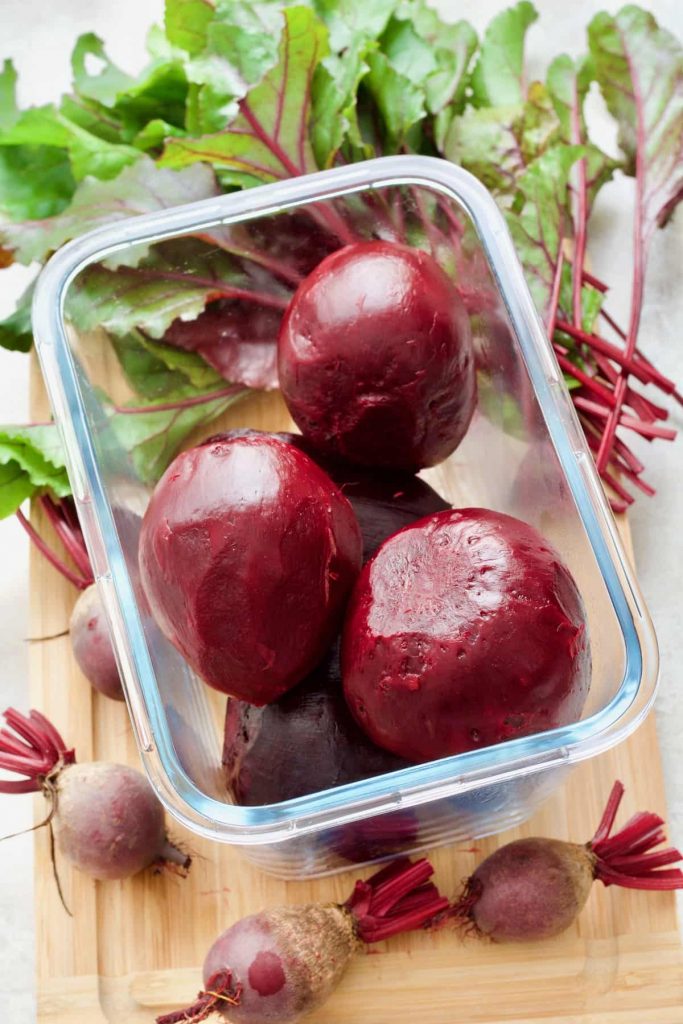
Select storage containers with excellent ventilation to avoid moisture buildup. Open containers or perforated plastic bags work nicely. Sealed plastic bags should be avoided since they might produce a humid atmosphere that encourages decomposition.
3. Culinary Applications
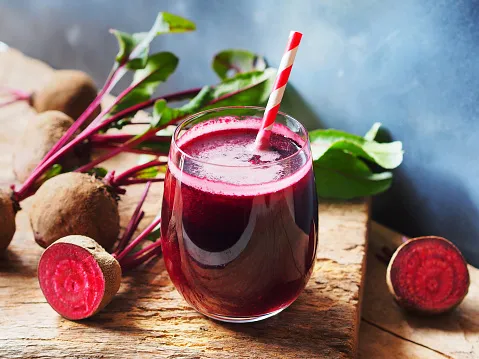
Beetroot is a versatile vegetable with several culinary applications. It may be eaten fresh in salads, shredded in coleslaw, roasted as a delicious side dish, cooked in soups, or pickled as a sour condiment. Furthermore, beet greens or tops are delicious and healthful. For their bright leaves, they may be sauteed, steamed, or added to salads.
4. Preserving and Freezing
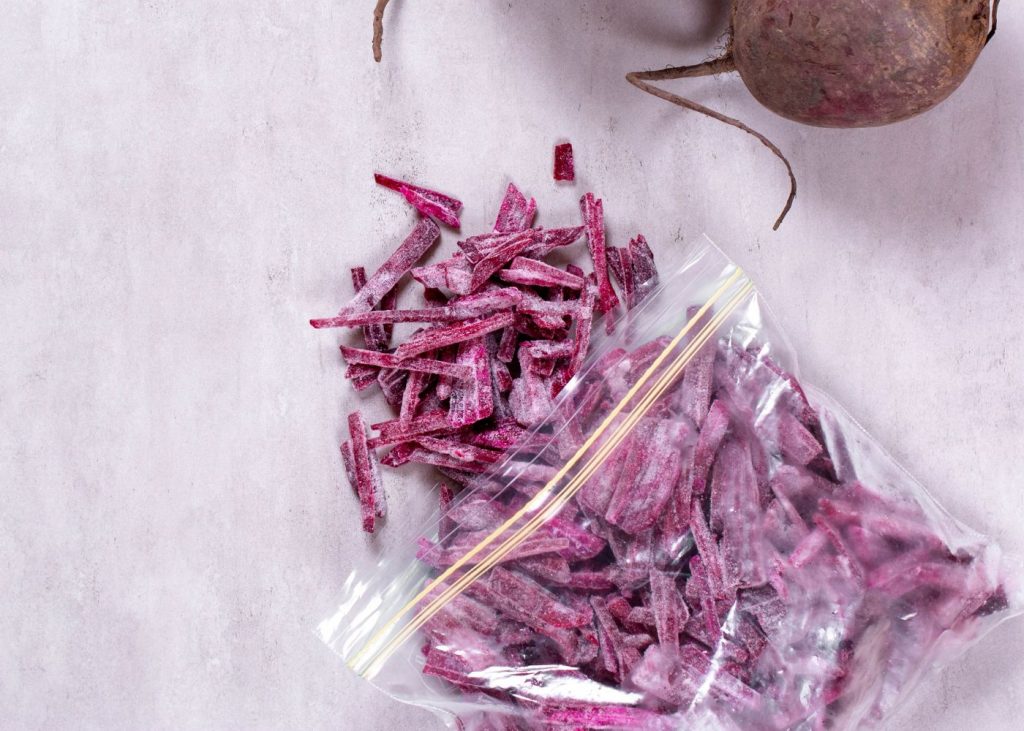
If you have excess beetroots, consider freezing or storing them for later use. Blanched beets can be frozen for up to six months. You may also pickle them to enjoy their tangy flavour for an extended period.
5. Regular Inspection
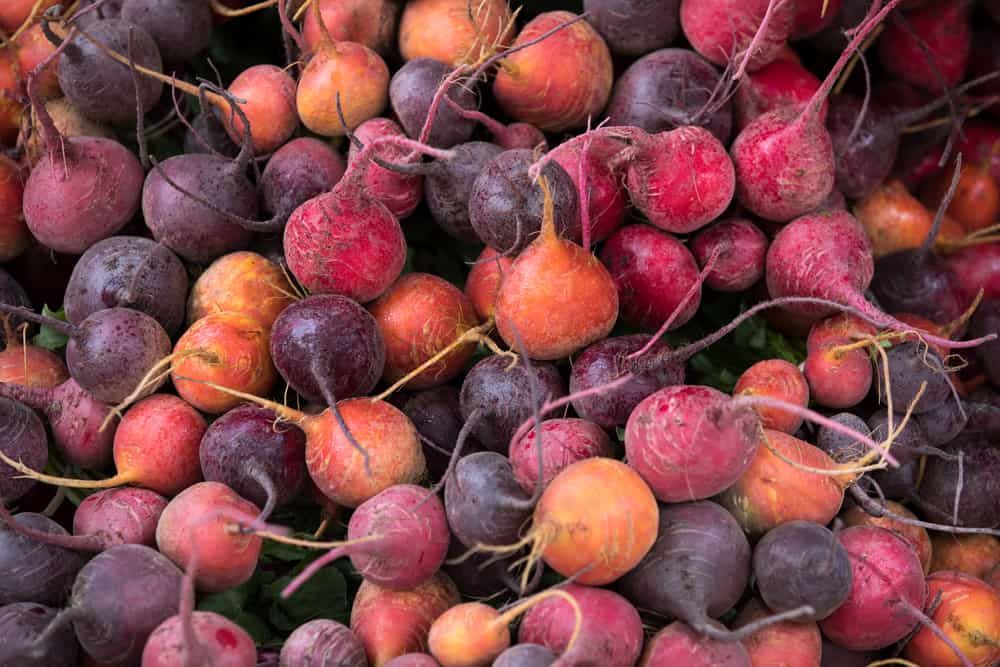
Inspect the beets for any symptoms of deterioration while they are in storage. Remove any roots that show mould, soft spots, or decay to prevent them from spreading to the rest of the harvest.
Conclusion
Mastering the technique of picking beets is critical to get the best flavour, texture, and freshness. Gardeners can decide the best time to harvest beetroots by studying the size and colour of the roots.
Proper harvesting practices assist in preventing beetroot injury during harvest. Carefully harvesting beets and eliminating unnecessary dirt add to their lifespan and quality.
Storing the beets in a cool and dry location in proper storage helps to increase their shelf life. Furthermore, beetroot’s adaptability provides a world of culinary options. Beetroot has a plethora of ways to tantalise the taste senses.
By following these suggestions, gardeners may enjoy the satisfaction of an abundant crop and the rewards of their gardening work. So, get into your garden, evaluate the ripeness, and confidently pick the beets!
Frequently Asked Questions
How Do I Harvest Beets without Causing Damage?
Gently remove the soil around the plants using a spade or garden fork to pick beetroots without causing injury. Grasp the leaves close to the root crown and slowly extract the beets from the soil.
Can I Eat Beetroot Greens?
Beetroot greens are both edible and healthful. They can be sauteed, steamed, or added to salads. Remove the leaves from the beets leaving about 2.5 cm of the stem remaining.
How Long Can You Keep Picked Beetroots?
Beets may normally be preserved for several weeks to a few months if properly stored. To avoid further deterioration, examine them regularly for symptoms of decomposition and remove any damaged or rotting roots.
Can I Freeze or Pickle Freshly Harvested Beets?
If you have excess beets, you may pickle or freeze them for long-term storage. Blanching and freezing them will keep them fresh for up to six months.
In Which Season Beetroot Can Be Harvested?
Beetroots can be harvested in late spring, summer, or early fall when they have achieved the right size and maturity. Beets can also be harvested all around the year. However, the taste, texture, and tenderness may vary.

